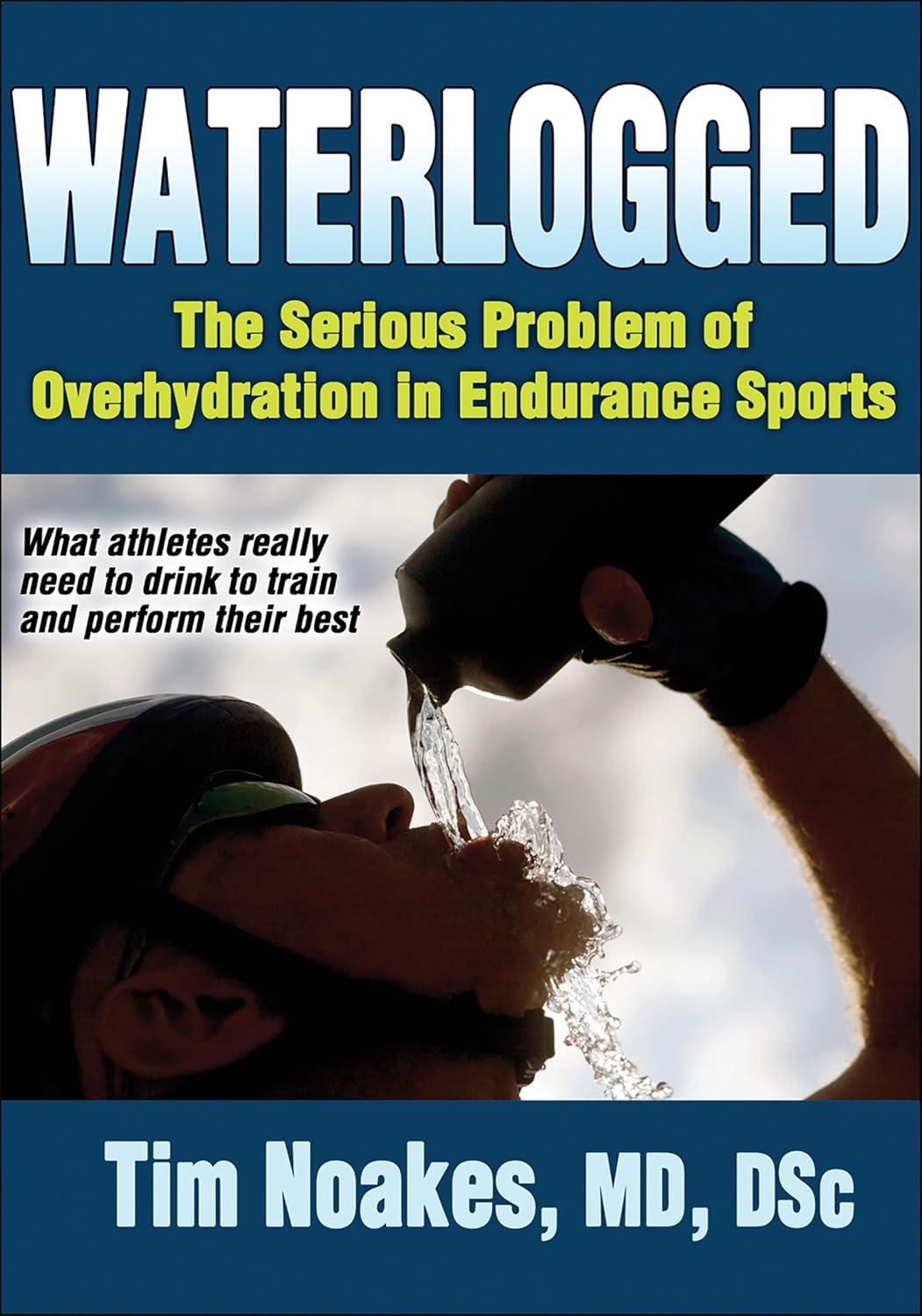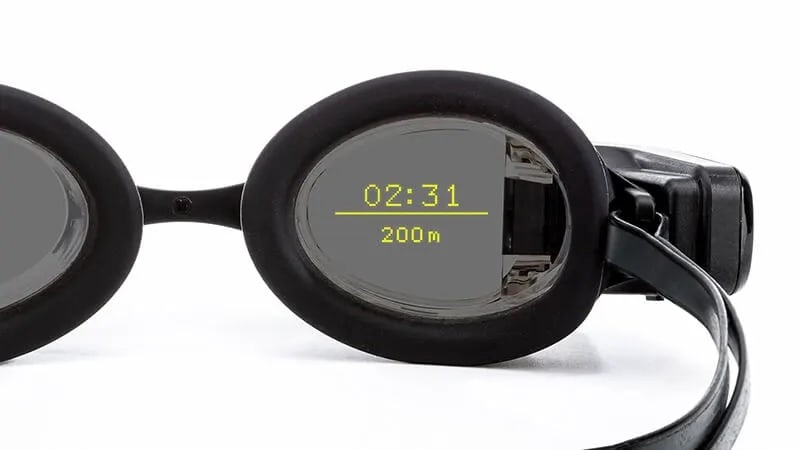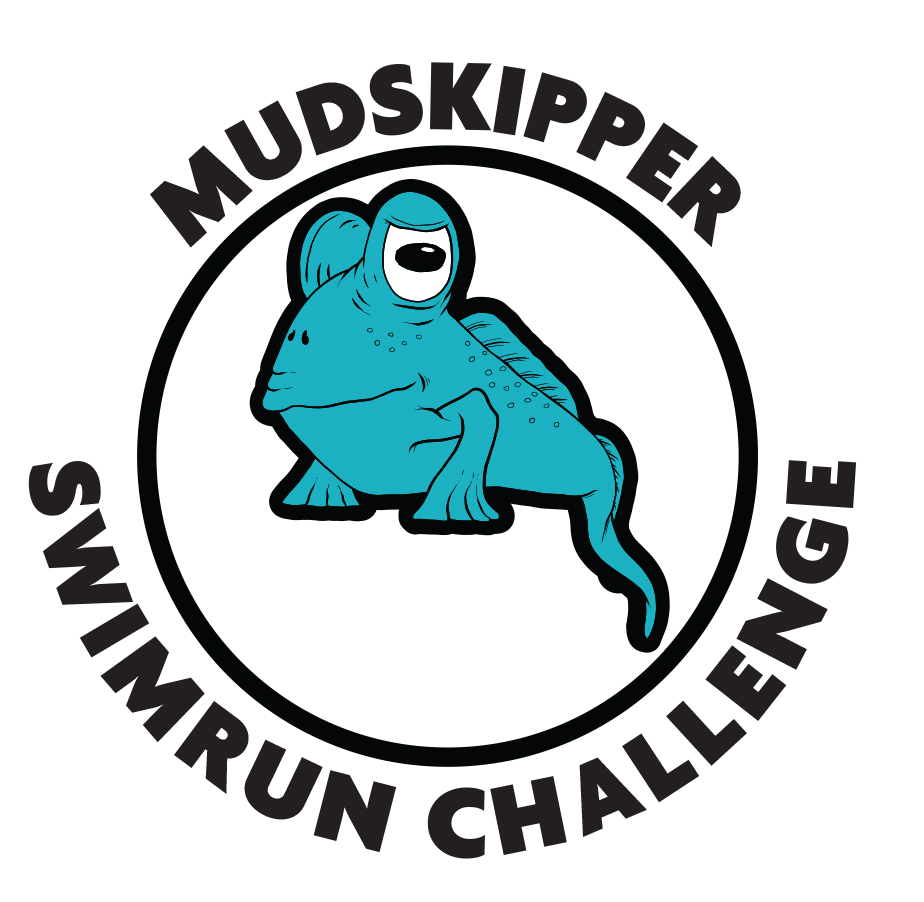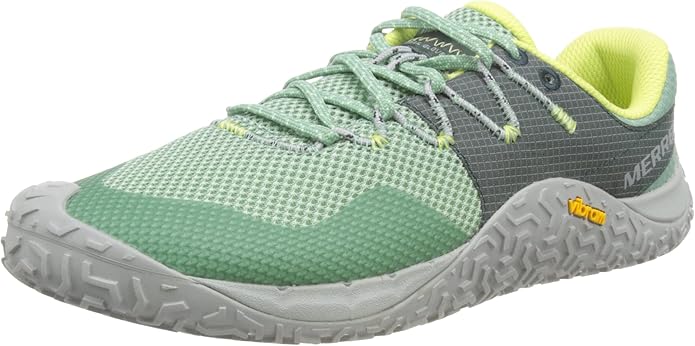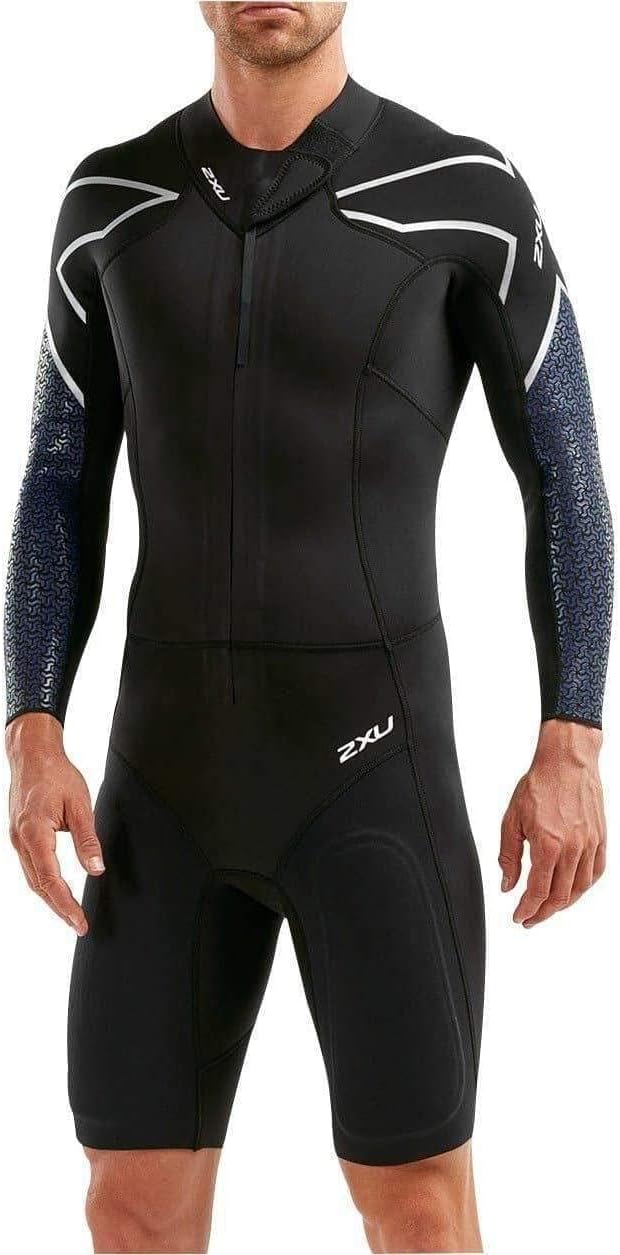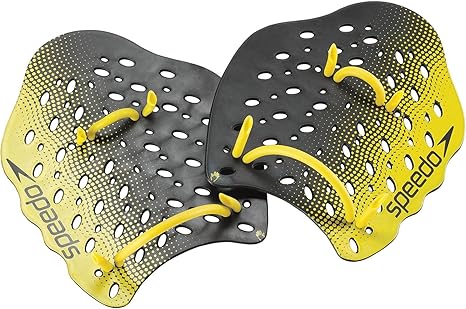The Power
Of A Myth
By Richard Mitchell and Mogsy Ford
Updated November 2025
The power of a myth in swimrun comes from the person or thing associated with the myth.
But what is a myth?
There are two definitions, according to Collins dictionary:
- A well-known story which was made up in the past to explain natural events or to justify beliefs or social customs.
- If you describe a belief or explanation as a myth, you mean that many people believe it but it is actually untrue.
But Collins also has this to say about 'mythical':
- Something or someone that is mythical exists only in myths and is therefore imaginary. If you describe something as mythical, you mean that it is untrue or does not exist.
However, if you refer to someone as a legend, you mean that they are very famous and admired by a lot of people.
We have a number of legends in swimrun, like Michael Lemmel, Matts Skott, Nicholas Ramirez and Marcus Barton, to name but a few. We could all nominate many more, of course!
So, if you refer to someone as a legend, they are a real person who is famous and widely admired. BUT a myth is something that is untrue or does not exist.
Unfortunately, there are a number of myths in swimrun that are being confused with legends.
(As Amazon associates, we earn a small commission on any sales.)
 The legend of swimrun, Michael Lemmel
The legend of swimrun, Michael Lemmel
The Power Of A Myth
What are the myths that are circulating in the world of swimrun?
There are quite a few. Most involve swimrun equipment; what you do and don't need, what items of gear you should be using, and the important things to do and remember in a race.
These myths come about because swimrunners see the top teams using certain items of equipment and following certain practices, and believing (falsely) that, because the most successful people use them, these items of equipment must be good.
A psychologist would call this 'cognitive bias'. We all have this, but it can lead to poor decision making.
It reminds me of the famous road cyclist Lance Armstrong. People assumed he was great because he had a great bike. But, as he himself said, "it's not the bike".
It is the same in swimrun - or any sport. The equipment that the top competitors use is not necessarily the best, just because they use it. They are frequently great not because of the gear they have, but in spite of the equipment they have!
But our cognitive bias makes sure that we misinterpret what's actually happening, and we assume we have to use the same gear that everybody is using, especially if they are successful. That's how a myth gets started, and becomes self-reinforcing.
This demonstrates the power of a myth.
Swimrun gear myths.
- Paddles - size, shape, holes.
- Swimrun buoy
- Neoprene calf guards
- Shoes
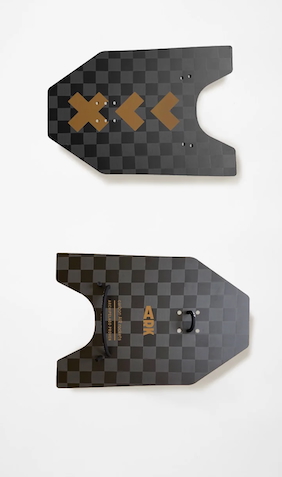 ARK carbon rocket - any good?
ARK carbon rocket - any good?Swimrun paddle myths.
These have come about from a misunderstanding of what paddles actually do, how they work, and certain designs and materials being pushed by prominent companies.
First is the size of the paddle. There is a belief that 'size matters' - ie that bigger is better. This is false. It is a myth. It has been scientifically demonstrated that this is only true up to a point.
Anything with a surface area bigger than around 300 to 350 cm2 is actually counter-productive. The most efficient paddle surface area is between 170% to 200% of your own hand surface area.
Second is the shape of the paddle. Sharp corners and straight edges may look super-sharp and advanced, but these features cause cavitation (ie bubbles) which make them less efficient.
And, a simple flat surface is stone-age technology. Studies demonstrate that a surface that has about a 20 degree curvature generates more hydrodynamic force than a flat surface.
Third is the lack of holes (other than the holes for the straps). A lot of paddles are blank, without holes. Again, scientific studies have shown that a number of holes in the paddle surface increases hydrodynamic drag, which increases the force that the paddle can generate.
Fourth (and last!), paddles made of carbon fiber are heavily promoted in swimrun, touting benefits of light weight and stiffness. In reality, they have a number of problems;
- they are significantly more expensive than plastic paddles.
- their light weight is insignificant compared to all your other swimrun gear, especially when wet.
- Nobody has demonstrated that stiffness has any benefit.
You can read a more detailed analysis of the science, and find out what has been proven to be beneficial, at our page on swimrun paddles.
Swimrun buoy.
The swimrun buoy started out as a way to try to get the middle of your body higher in the water during swimming, to reduce drag; it might also allow you to rest your legs during the swim, saving energy for the next run.
This myth seems to have stuck, and also the idea that 'bigger is better'.
While there is some truth in the original idea, you have to remember that most original swimrun races were long-distance events. The longer the swim sections, and the longer the race overall, the more benefit a buoy delivers.
But for shorter events (typically super-sprint and sprint) it's just not true. Why? There are three reasons:
- For anything under 2 hours, you're unlikely to be swimming far enough to need to rest your legs.
- You have to carry the thing with you while running. The bigger it is, the more awkward, and also more weight.
- You get just as much benefit from 8mm thick neoprene calf guards. And the buoyancy is actually better positioned for maximum effect - near your feet!
So don't feel that you need to have a swimrun buoy, especially for sub 2-hour events. Neoprene calves can be just as effective, less hassle, and also help to keep you warm!
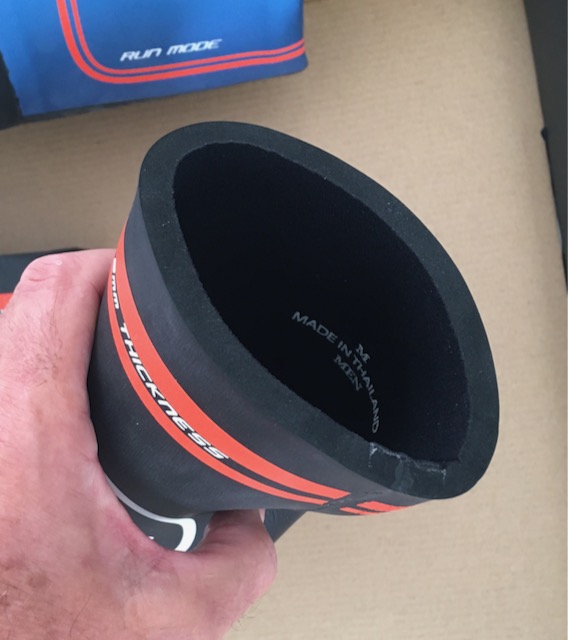 8mm neoprene calf guard
8mm neoprene calf guardSwimrun shoes.
We have seen some weird recommendations! For example;
- Swimrun shoes should be waterproof
- Do not drill any holes in your swimrun shoes
- Any trail running shoes will be fine
All three of these beliefs are myths.
First, you do NOT want waterproof shoes, because they will fill with water during the first swim, and the water will not drain out when you leave the water. That means you are carrying an extra kilo of water on each foot!
Second, it is very easy to drill a couple of small holes at strategic locations in your shoes to help water drain faster. BUT the exact location is critical. Find out how to do this correctly at our page on swimrun shoes.
Third, we don't recommend any old trail running shoes, especially ones with worn-down soles. Some swimrun water entry and exits can be slippery underfoot, so you need a decent amount of grip. Again, you can see our recommendations at our swimrun shoes page.
The Power Of A Myth
Race day myths.
- Nutrition
- Hydration
There are two aspects here:
Nutrition during a race.
First, there is a myth that you need to keep yourself tanked up with carbohydrates during a race. This is untrue, especially for races under 2 hours. You don't need any additional carbs for shorter races because it takes you 2 hours to burn through your stores of glycogen in your muscles and liver.
Of course, if you ARE going longer than 2 hours then you DO need to take some nutrition on board, and you have to do it at 60 - 90 minutes in, at the latest.
Second, if you DO need some nutrition for a longer race, you can get it from most foods - you don't need fancy gels or energy concoctions. Ultra runners Scott Jurek and Dean Karnazes (for example) fueled their feats of endurance by eating 'normal' foods.
Hydration suffers from a similar myth - that you need to stay hydrated by drinking constantly, otherwise you will become dehydrated and under-perform (at best) or possibly die (at worst).
In his book 'Waterlogged', sports physician and ultra-marathon runner Dr. Tim Noakes blows the stay-hydrated myth out of the water with indisputable science. Much of the myth lies at the door of the sports drink industry.
The essential truth is: - "drink when you are thirsty, and then stop".
You can get a copy of this outstanding book at Amazon here.
And there you have it. The power of a myth in swimrun usually comes down to misunderstandings, cognitive bias, and manipulation by companies in the sports industry.
Don't fall for the power of a myth!
Monitor your activity and performance while you are swimming with the
CLICK HERE for further details and the BEST PRICE at Amazon!
www.swimrun-advice.com works with the following Swimrun companies:

